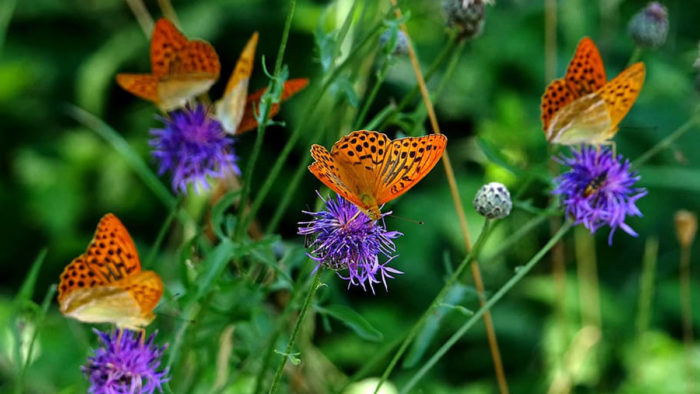
There are many reasons for having a butterfly garden, the simplest one being sheer beauty. People of all ages enjoy watching butterflies dance through their gardens. Butterflies also serve as important pollinators. And as we continue to hear in the news, their populations are in sharp decline, so efforts to aid their numbers are well-directed.
Butterflies may sip nectar from different plants than their eggs are laid on
A complete butterfly garden includes nectar plants for nourishing the adult butterflies and host plants to house and nourish the caterpillars. While there are specific nectar plants that butterflies may favor, adult butterflies may sip nectar from many flowering plant species, both native and nonnative. They are not tied to a single nectar source, or even a handful of sources. They are, however, tied to a smaller number of (many times even a single) host plant species for laying their eggs. The adult female butterfly lays her eggs on a suitable host plant, usually on the underside of a leaf. Ten to 14 days later tiny larvae emerge, about half of an inch long. These are the caterpillars that will spend the coming weeks eating the host plant (and others of its species nearby) and growing until it is time to form its chrysalis. Because the host plant species are so specific to each butterfly species, we can make a big impact on butterfly populations in our garden by focusing on providing host plants for their young. So where do we start?
Determine which butterfly species are found in your area, decide which species you’d most like to attract, and then select host plants for those species
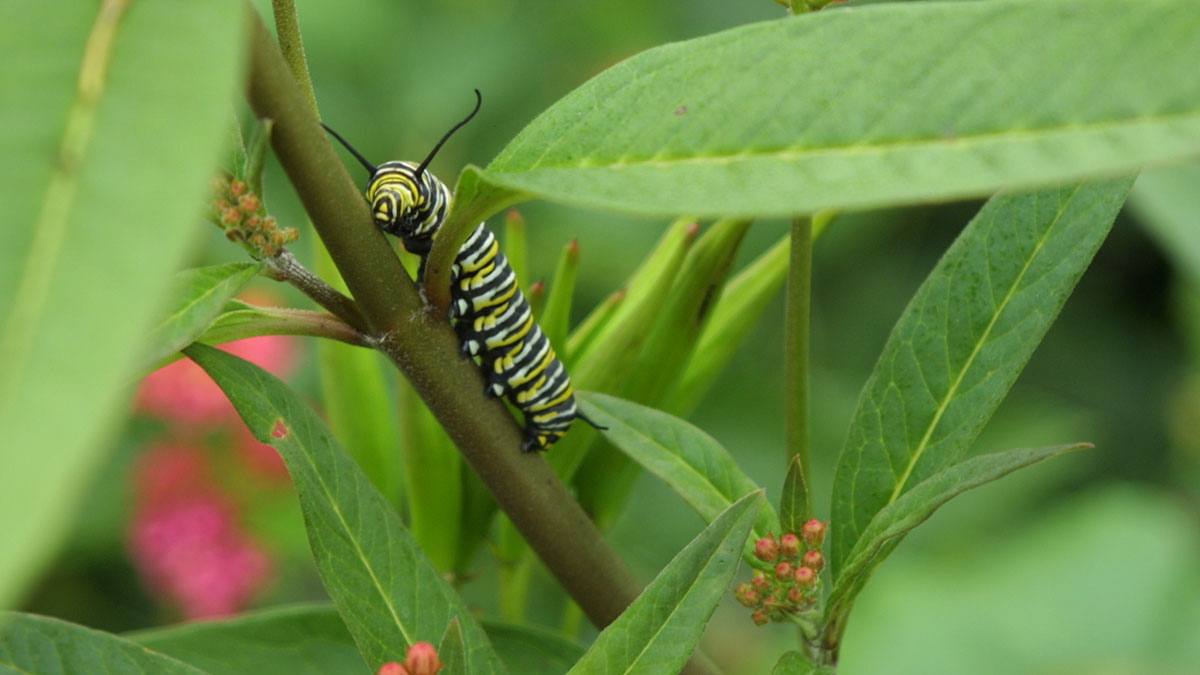
An excellent resource for this is the National Wildlife Federation’s Native Plant Finder website. This database, which you search using your zip code, tells you which butterflies are found in your area and which host plants each of those species use in your area. You will get a long list of butterfly species, which you can use to make a short list of your favorites that you want to target in your garden. Maybe you’re especially interested in monarchs because of their multigenerational migrations. Or maybe you saw a spicebush swallowtail while you were hiking and you would love to have that species visit your garden. Your list may include a butterfly species you have never seen or heard of before but that you find especially interesting. One of the butterfly species that appears on the list for my zip code in Austin is the American painted lady.
American painted lady (Vanessa virginiensis)
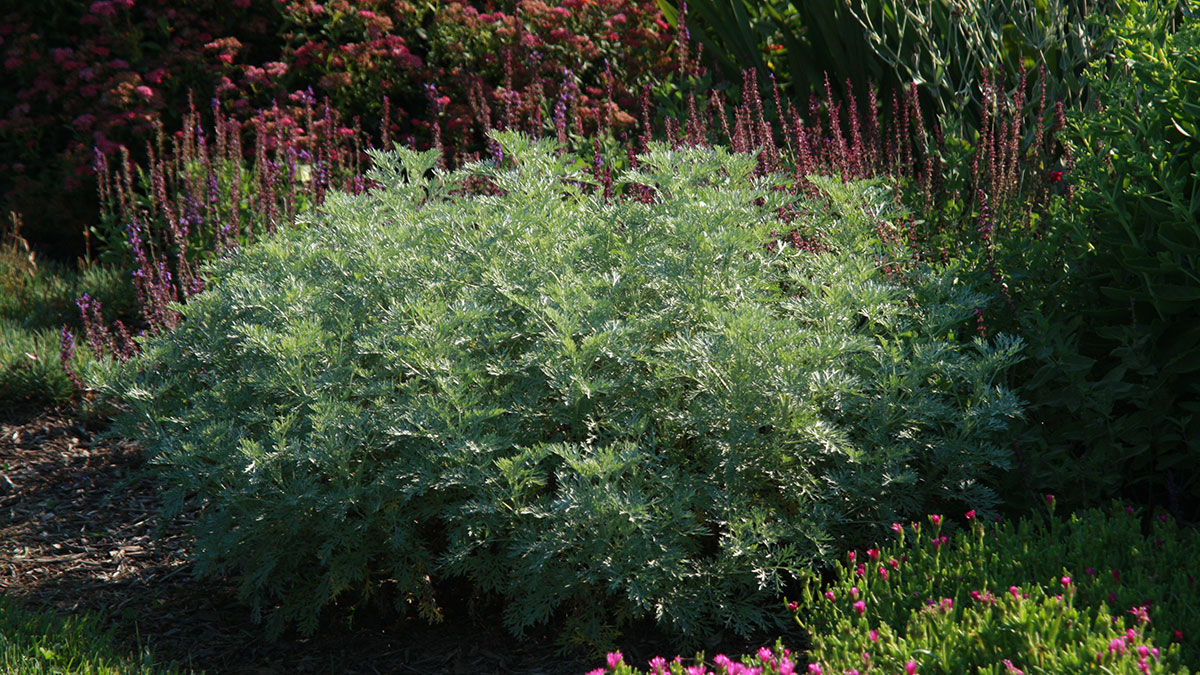
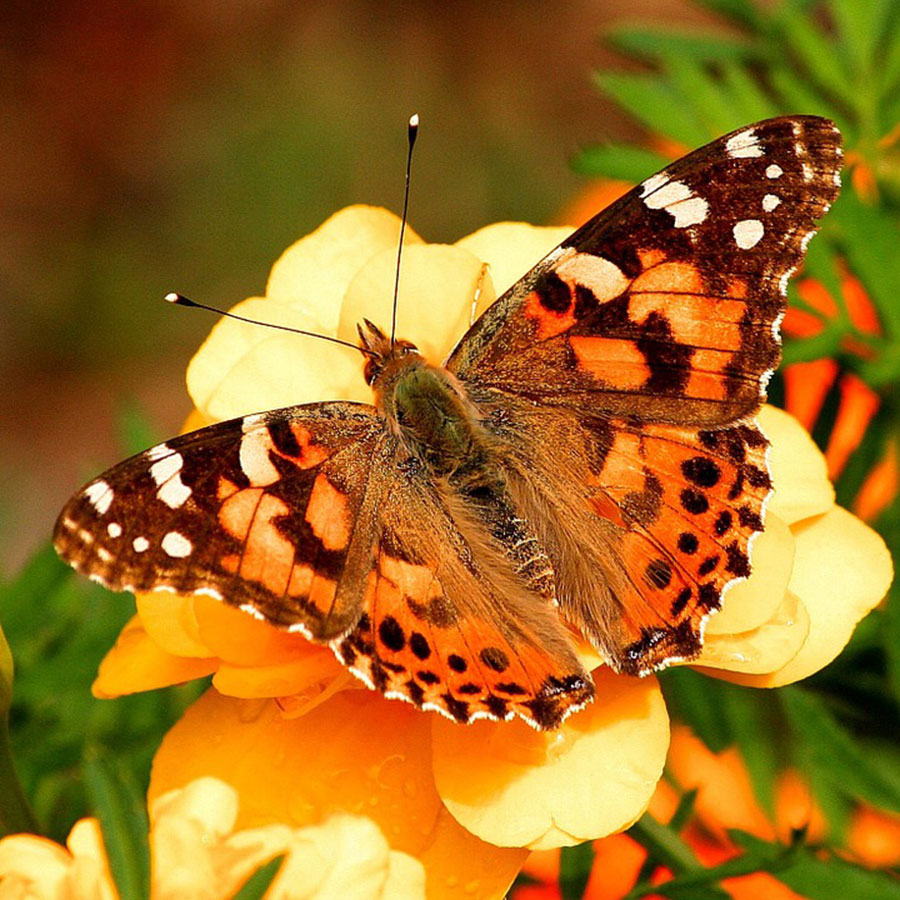
The Native Plant Finder website provided me with the following host plants for this species in my area:
- Texas persimmon (Diospyros texana, Zones 7–8)
- Sagebrush (Artemisia spp. and cvs., Zones 4–9)
- Ragwort (Senecio spp. and cvs., Zones 3–9)
- Rabbit-tobacco (Pseudognaphalium obtusifolium subsp. obtusifolium, annual)
- Largeseed forget-me-not (Myosotis macrosperma, Zones 4–8)
- Narrowleaf purple everlasting (Gamochaeta falcata, Zones 8–10)
- Pennsylvania everlasting (Gamochaeta pensylvanica, Zones 6–9)
Some of the species in your plant list may not be plants that you’d want to put in your garden. Maybe they are too weedy or too large or otherwise don’t suit your space. But looking at my list above, I see that I may want to consider planting a Texas persimmon if I have a space for a small tree. Or maybe I have a hot, dry expanse that I’d like to cover, and sagebrush would be a great option that would also attract American painted lady butterflies.
The following are a few other beautiful butterfly species that are found in the Southern Plains region and their corresponding host plants.
Snowberry clearwing (Hemaris diffinis)
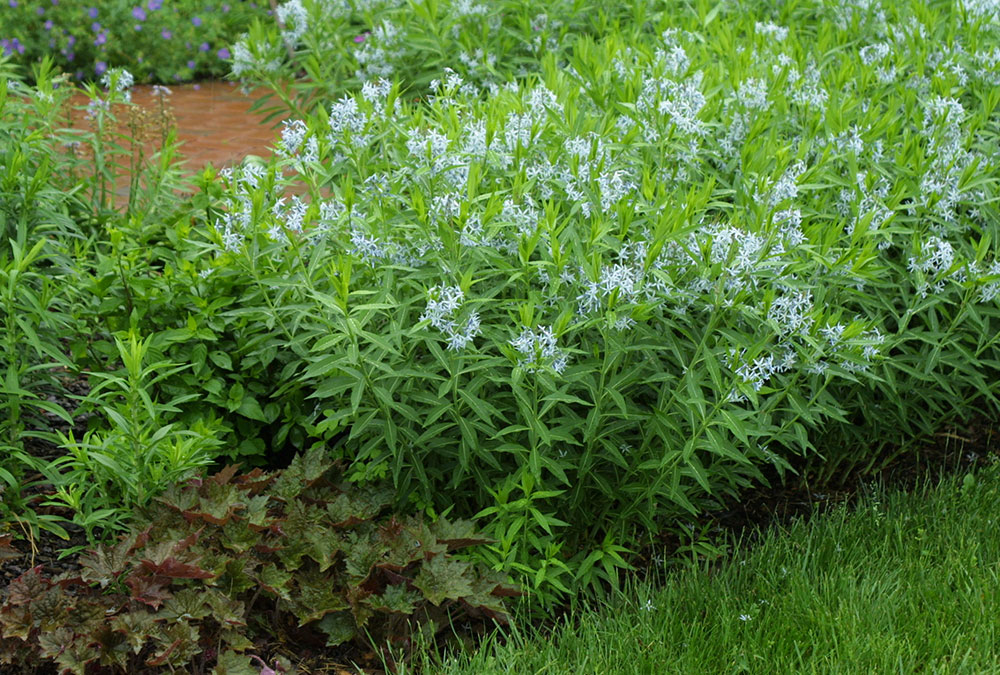
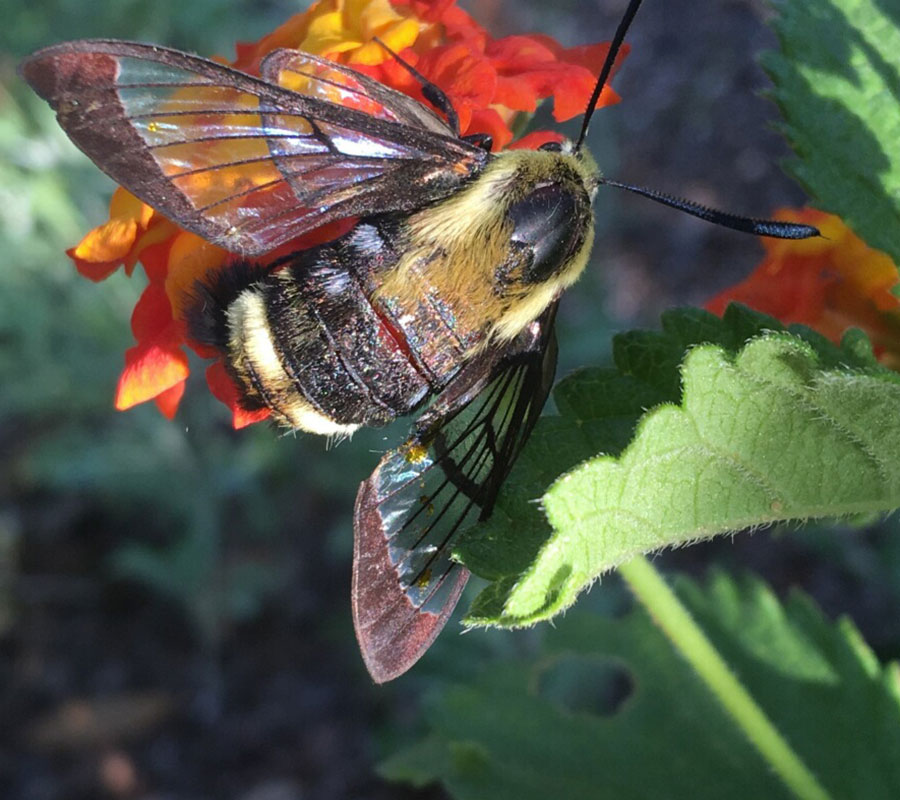
- Rusty blackhaw viburnum (Viburnum rufidulum, Zones 5–8)
- Trumpet honeysuckle (Lonicera sempervirens, Zones 4–9)
- Western white honeysuckle (Lonicera albiflora, Zones 6–9)
- Coralberry (Symphoricarpos orbiculatus, Zones 2–7)
- Fringed bluestar (Amsonia ciliata, Zones 5–9)
- Tubular bluestar (Amsonia longiflora, Zones 6–9)
- Tubular bluestar (Amsonia longiflora var. salpignantha, Zones 6–9)
Monarch (Danaus plexippus)
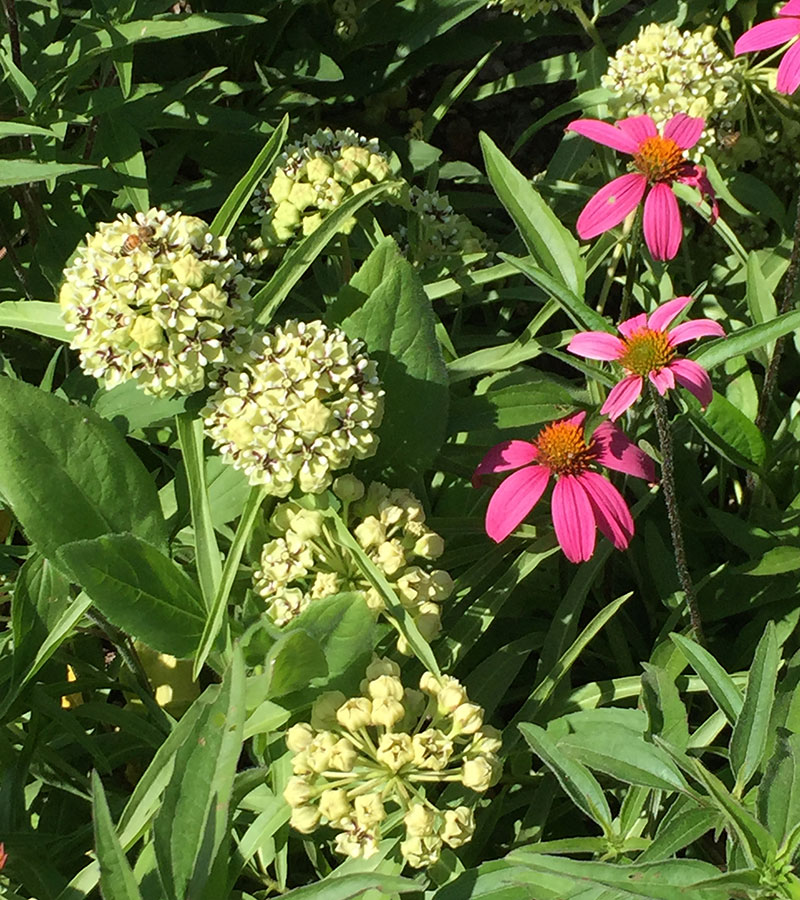

- Broadleaf milkweed (Asclepias latifolia, Zones 3–9)
- Butterfly weed (Asclepias tuberosa, Zones 3–9)
- Butterfly milkweed (Asclepias tuberosa subsp. interior, Zones 3–9)
- Green antelopehorn (Asclepias viridis, Zones 5–9)
- Green comet milkweed (Asclepias viridiflora, Zones 3–9)
- Spider milkweed (Asclepias asperula, Zones 5–10)
- Texas milkweed (Asclepias texana, Zones 6–10)
- Zizotes milkweed (Asclepias oenotheroides, Zones 3–9)
Gulf Fritillary (Agraulis vanillae)
|
|
- Passionflower (Passiflora spp. and cvs., Zones 6–10)
The Xerces Society, which is a conservation organization, is another excellent resource for information about host plants for pollinators. Keep in mind that even if you aren’t creating a butterfly garden from scratch, you can always add a few host plant species to your existing garden to attract more of these beautiful creatures.
—Karen Beaty is a horticulturalist at the Lady Bird Johnson Wildflower Center in Austin, Texas.




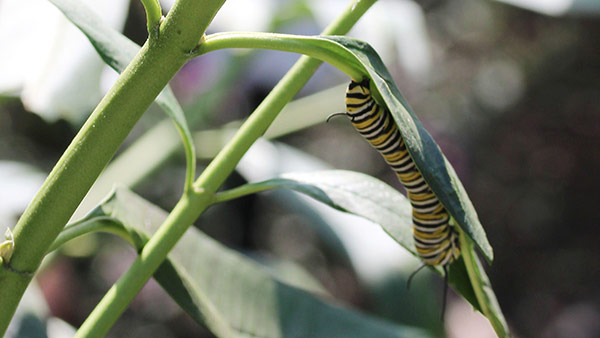















Comments
Log in or create an account to post a comment.
Sign up Log in